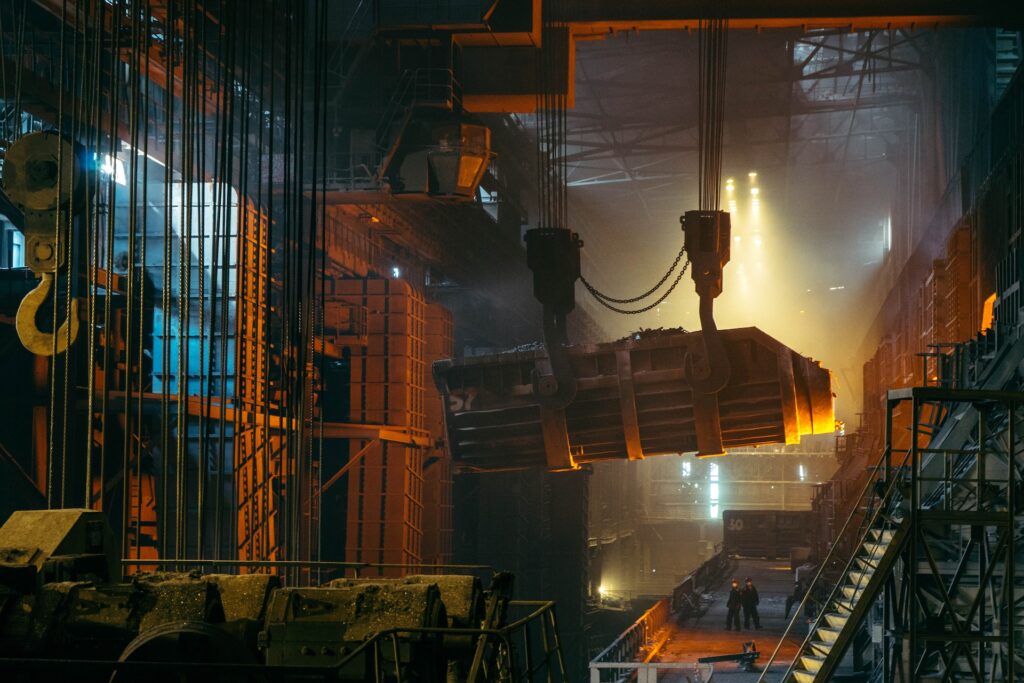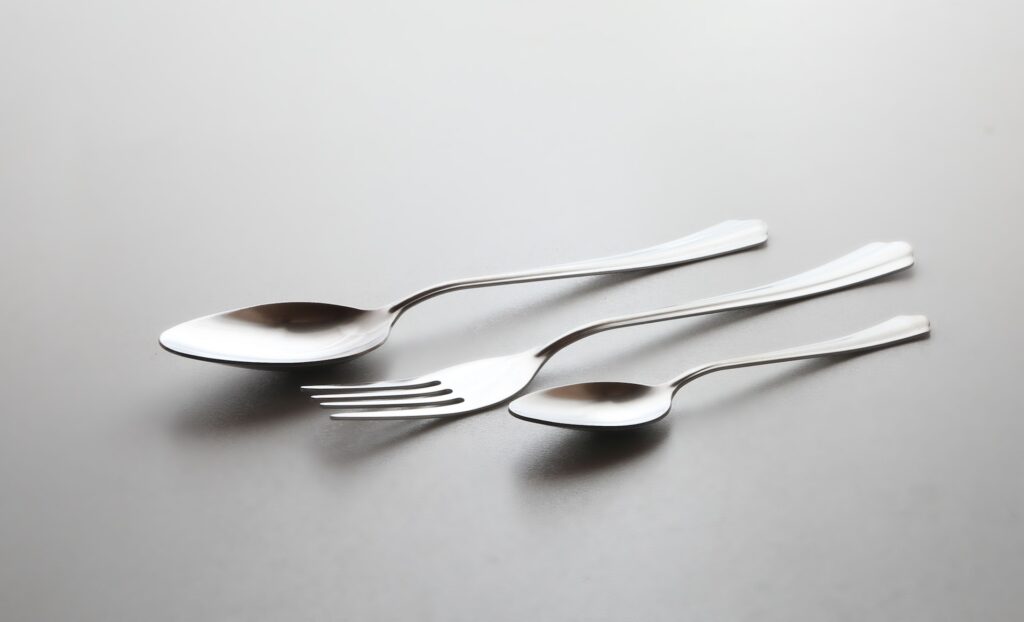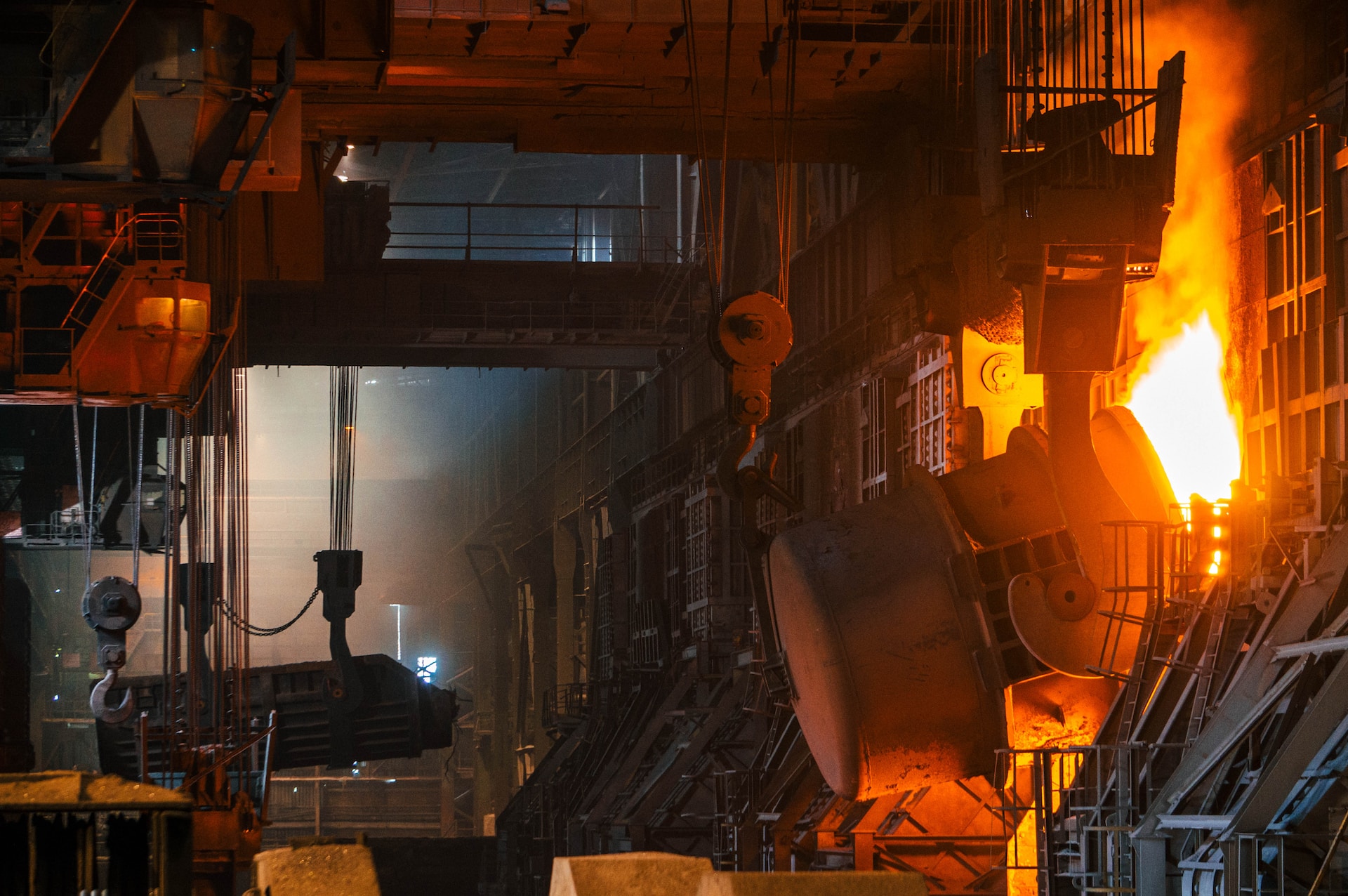Stainless steel is a versatile and widely used material that has become an integral part of our daily lives. From kitchen appliances and cutlery to industrial machinery and medical equipment, it is present in various forms and applications.
What is Stainless Steel?
Stainless steel is an alloy composed primarily of iron, with a minimum of 10.5% chromium content by mass. This unique combination of elements gives stainless steel its exceptional corrosion resistance and durability. In addition to chromium, it may also contain other alloying elements such as nickel, molybdenum, and titanium, which further enhance its properties. The presence of these elements forms a protective oxide layer on the surface of the steel, preventing rust and corrosion.
The Discovery of Stainless Steel
Stainless steel was discovered by Harry Brearley, a British metallurgist, in 1913. While working on improving the durability of gun barrels, Brearley stumbled upon corrosion-resistant steel that could withstand the harsh conditions of firearms. This marked the birth of stainless steel and its potential for a wide range of applications.
Advancements and Popularity
Over the years, stainless steel underwent significant advancements in production techniques and alloy formulations. Its exceptional properties, including strength, hygiene, and aesthetic appeal, led to its widespread popularity. Today, it is an essential material in industries such as construction, automotive, aerospace, and more.
Composition and Types of Stainless Steel
Stainless steel is available in various grades and types, each with its own unique composition and characteristics. Here are some commonly used types of stainless steel.

1. Austenitic Stainless Steel
it is the most common type, known for its excellent corrosion resistance and high ductility. It contains high levels of chromium (usually 18%) and nickel (usually 8%). Austenitic stainless steel is non-magnetic and is often used in kitchen utensils, food processing equipment, and medical instruments.
2. Ferritic Stainless Steel
It is magnetic and contains chromium as its primary alloying element. It offers good corrosion resistance and high-temperature strength. it is commonly used in automotive exhaust systems, architectural applications, and appliances.
3. Martensitic Stainless Steel
it is characterized by its high strength and hardness. It can be hardened through heat treatment, making it suitable for applications that require excellent wear resistance, such as knives, cutting tools, and dental instruments.
4. Duplex Stainless Steel
Duplex stainless steel combines the properties of austenitic and ferritic stainless steel. It offers a good balance of strength and corrosion resistance. It finds applications in the chemical and petrochemical industries, as well as in marine environments.
Key Properties of Stainless Steel
exhibits a range of properties that make it an ideal choice for numerous applications. here are some key properties of stainless steel.
1. Corrosion Resistance
Stainless steel’s most notable property is its exceptional resistance to corrosion. The chromium content in stainless steel reacts with oxygen in the air to form a passive chromium oxide layer, which acts as a protective barrier against corrosive elements. This property makes stainless steel highly durable and long-lasting.
2. Strength and Durability
It offers excellent strength and durability, allowing it to withstand heavy loads, high temperatures, and extreme environments. It maintains its structural integrity even under challenging conditions, making it a reliable choice for applications that require longevity and reliability.
3. Aesthetic Appeal
Stainless steel’s sleek and polished appearance adds an aesthetic touch to various products and structures. Whether it’s the modern kitchen appliances or architectural elements in buildings, it brings a sense of sophistication and elegance to the surroundings.
4. Hygiene and Cleanliness
Stainless steel’s smooth surface makes it easy to clean and maintain hygiene standards. It is non-porous, preventing the growth of bacteria and other microorganisms. That’s why it is widely used in the food and beverage industry, healthcare facilities, and laboratories.
Common Uses of Stainless Steel
Stainless steel’s versatility makes it suitable for a wide range of applications. Here are some common uses of stainless steel.

1. Kitchenware and Cutlery
It is a staple in the kitchen, used to make cookware, utensils, and cutlery. Its corrosion resistance, durability, and aesthetic appeal make it a preferred choice for chefs and home cooks alike.
2. Architecture and Construction
Stainless steel finds extensive use in architecture and construction due to its strength, corrosion resistance, and versatility. It is used for building facades, handrails, roofing, structural components, and decorative elements.
3. Automotive Industry
The automotive industry relies on stainless steel for various components. It is used in exhaust systems, trim parts, decorative accents, and structural elements due to its heat resistance, durability, and aesthetic qualities.
4. Medical and Pharmaceutical Equipment
Stainless steel’s hygienic properties make it ideal for medical and pharmaceutical equipment. It is used in surgical instruments, dental tools, implants, and storage containers, ensuring the highest standards of cleanliness and safety.
5. Oil and Gas Industry
It is widely utilized in the oil and gas industry due to its resistance to corrosive environments. It is used for pipes, valves, fittings, and storage tanks, ensuring the integrity and longevity of the infrastructure.
6. Aerospace Applications
The aerospace industry relies on stainless steel for its lightweight yet durable properties. It is used in aircraft structures, engine components, and landing gear, providing strength and reliability in demanding conditions.
7. Food Processing and Storage
It plays a crucial role in the food processing and storage industry. It is used for equipment, tanks, and containers, ensuring hygiene, preventing contamination, and maintaining the quality of food products.
8. Marine Equipment
Stainless steel’s corrosion resistance makes it ideal for marine applications. It is used in boat fittings, propellers, offshore platforms, and other marine equipment, withstanding the harsh saltwater environment.
9. Energy and Power Generation
It is utilized in the energy and power generation sector due to its resistance to high temperatures and corrosive gases. It is used in power plants, nuclear facilities, and renewable energy infrastructure.
10. Decorative and Artistic Applications
Stainless steel’s aesthetic appeal lends itself to decorative and artistic uses. It is used in sculptures, outdoor installations, jewelry, and interior design elements, adding a touch of modernity and elegance.
FAQs about Stainless Steel
Is stainless steel magnetic?
Austenitic stainless steel, the most common type, is generally non-magnetic. Some stainless steel grades, such as ferritic and martensitic stainless steel, can be magnetic due to their specific alloy composition.
Can stainless steel rust?
Stainless steel is highly resistant to rust and corrosion. under certain conditions, such as exposure to corrosive chemicals or prolonged contact with salt water, stainless steel can still corrode. Proper maintenance and cleaning can help prevent rust and maintain its longevity.
Can stainless steel be welded?
Yes, stainless steel can be welded using various welding techniques. Some grades of stainless steel may require special considerations and filler materials to ensure proper weldability and maintain its corrosion resistance.
How do you clean stainless steel?
Cleaning stainless steel is relatively simple. Mild soap or detergent and warm water can be used for regular cleaning. Avoid using abrasive cleaners or scrubbing pads that could scratch the surface. Stainless steel cleaners specifically designed for the purpose are also available.
Can stainless steel be recycled?
Yes, stainless steel is highly recyclable. It can be melted down and reused to produce new stainless steel products, making it a sustainable and environmentally friendly choice.
Can stainless steel be used in high-temperature applications?
Yes, certain grades of stainless steel, such as austenitic stainless steel with high chromium and nickel content, are specifically designed to withstand high temperatures. These grades exhibit excellent heat resistance and retain their strength even at elevated temperatures.
Conclusion
stainless steel is an incredible material that offers a wide range of benefits and applications. Its corrosion resistance, strength, durability, and aesthetic appeal make it a go-to choice in various industries, from kitchenware to aerospace. Understanding the composition, properties, and types of stainless steel helps us appreciate its versatility and reliability.









